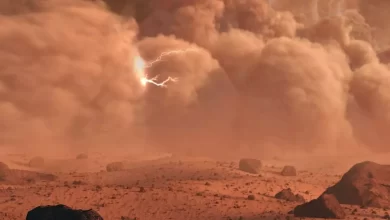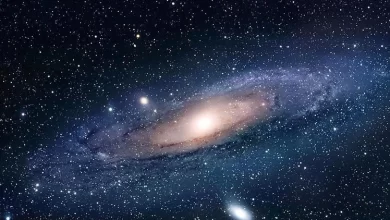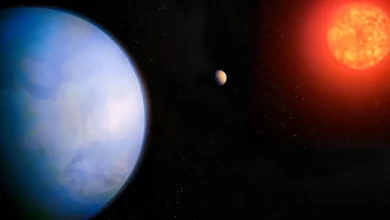
According to the information obtained from China’s historic Chang’e 5 mission, which collected samples from the Moon and brought them to Earth, scientists think there may still be active volcanoes on the Moon.
According to the small glass beads detected in the lunar soil samples brought to Earth by China’s Chang’e 5 mission in 2020, volcanic activities took place on the lunar surface in a geologically close time interval. The findings even indicate that the Moon may be volcanically active even today. This discovery could turn everything we thought we knew about the evolution of the Moon on its head.
The Moon may still have volcanic activity

Scientists have known for some time that the Moon already had volcanic activity in its past. However, these activities were last thought to date back 3 to 3.8 billion years ago. China’s Chang’e 5 mission provides evidence that the Moon has experienced volcanic eruptions in the much more recent past. However, the evidence brought back by Chang’e 5 revealed that the Moon experienced volcanic activity in the much more recent past, approximately 123 million years ago. This new discovery was revealed through detailed analyses and uranium-lead dating by a team led by Bi-Wen Wang and Qian Zhang of the Chinese Academy of Sciences.
On a cosmic scale, this 123 million years is almost ‘yesterday’. This suggests that the Moon may have been continuously volcanically active since its formation and that this activity may even continue today. This discovery provides a strong hint that the Moon is not a completely ‘dead’ celestial body.

Only three small glass beads found in the 1.7 grams of lunar soil collected by Chang’e 5 stand out as the most concrete evidence of these volcanic activities. These beads, 20 to 400 microns in size, may have formed as a result of volcanic lava jets. Such beads have been found on the lunar surface before, but all of them were dated billions of years ago. These so-called glass beads or beads can also be the result of meteorite impacts. However, researchers say that the new findings belong to volcanism. The samples also contain particles formed by asteroid impacts.
Many questions, few answers for now

These new findings suggest that models of the Moon’s internal structure should be re-evaluated. Since the Moon’s formation 4.5 billion years ago, its internal structure should have cooled and volcanic activity should have ceased. But these volcanic glass beads show that the Moon may still have localised heat sources. Researchers have determined that these glass beads contain high levels of rare earth elements and thorium. These elements can generate heat through radioactive decay, suggesting that localised melting of rocks in the lunar mantle could cause small volcanic eruptions.
These discoveries raise many new questions about potential volcanic activity on the Moon. However, two of these questions are critical. First, could this volcanism be active today? And if lunar volcanism still exists, could its energy be harnessed by astronauts who will establish bases on the Moon in the future?
Although these questions have yet to find a definitive answer, one thing is clear: The Moon is not as ‘dead’ as we thought. Volcanic activity probably still occurs on the Moon’s surface from time to time.






